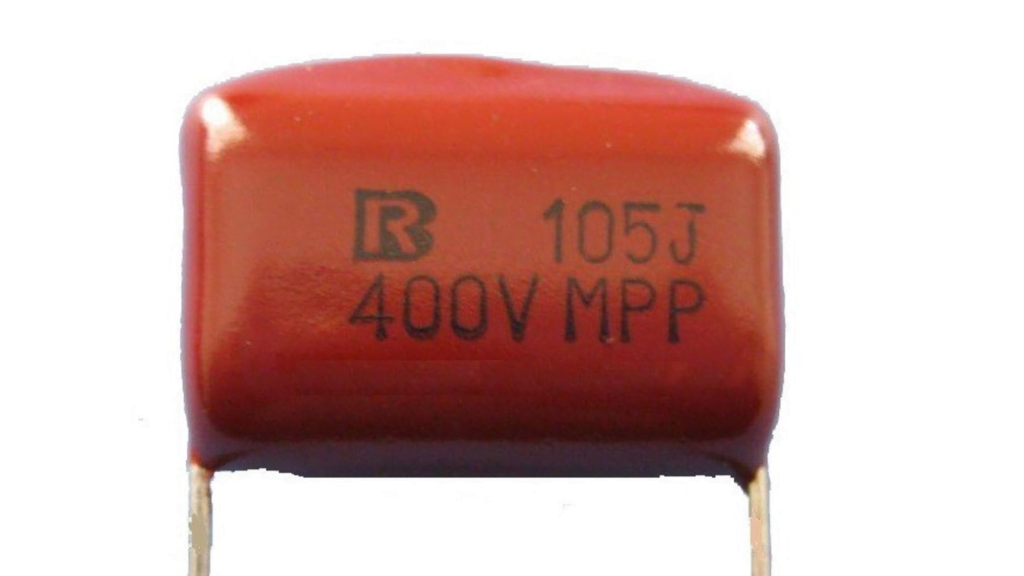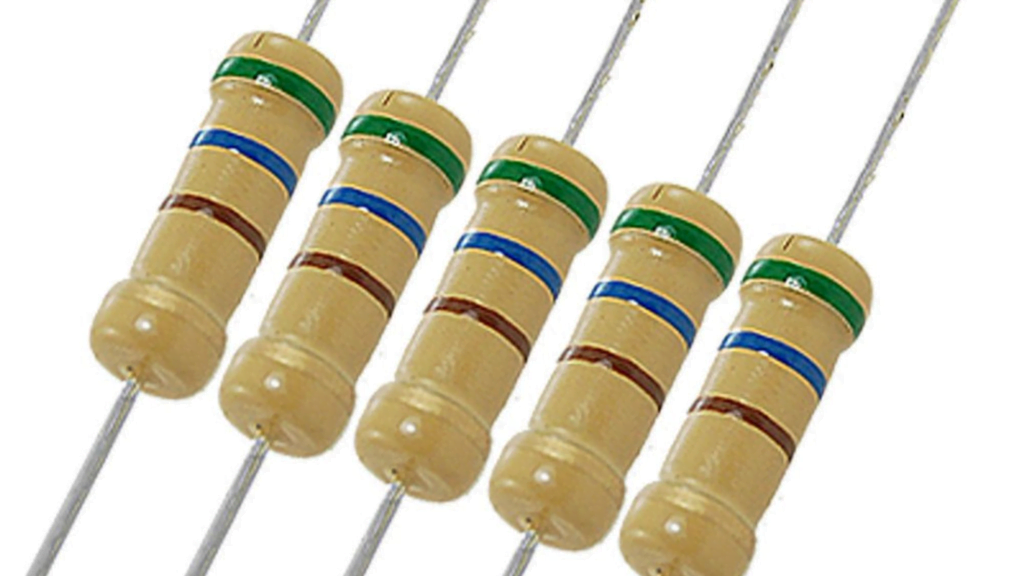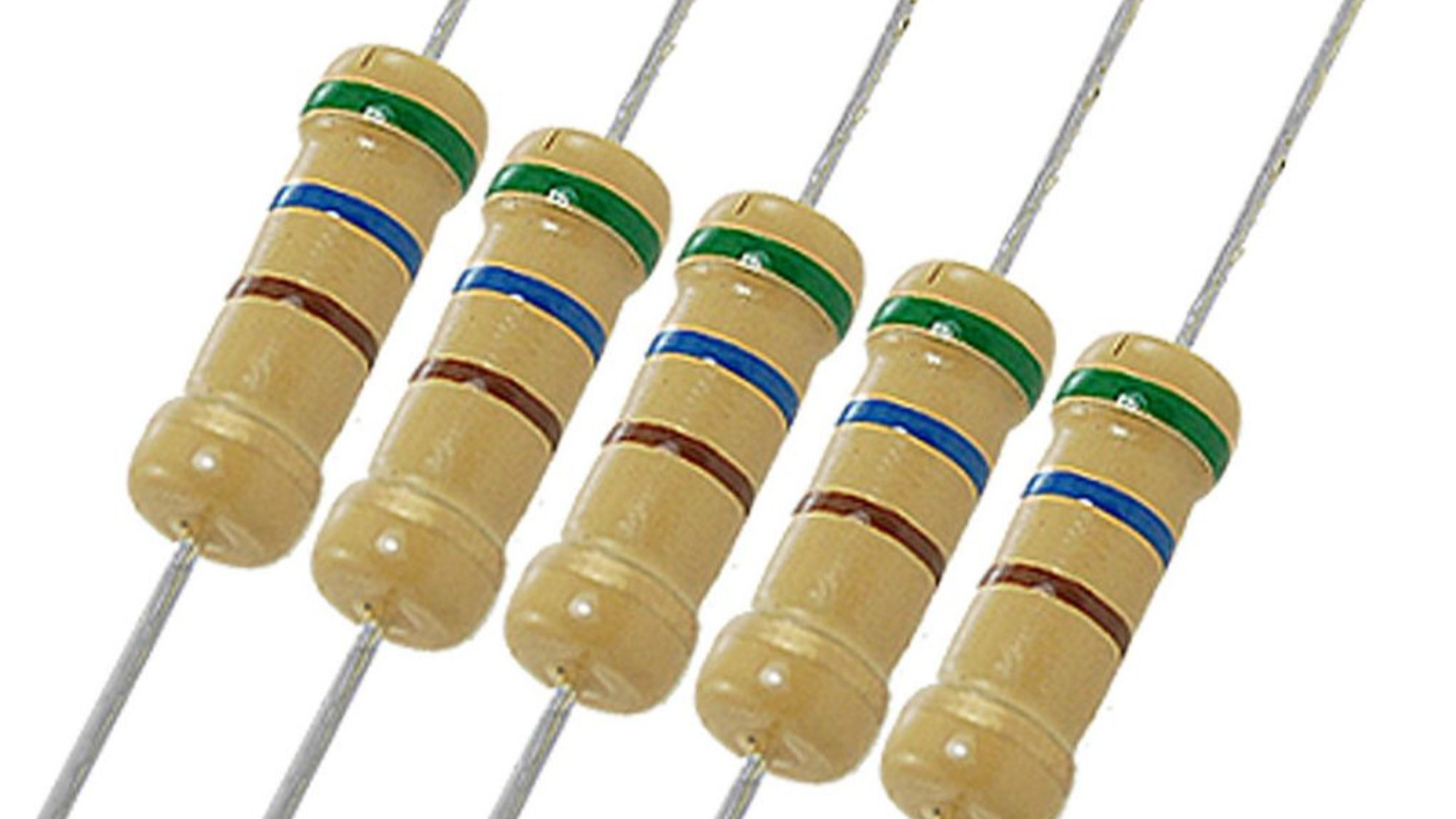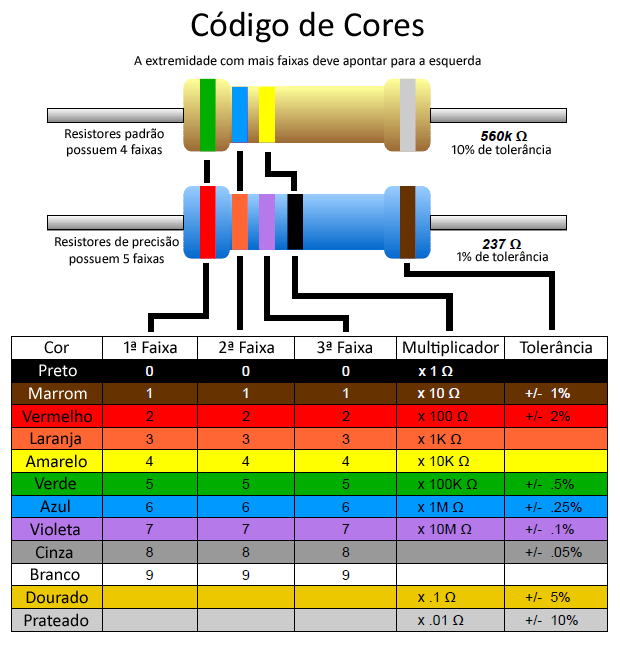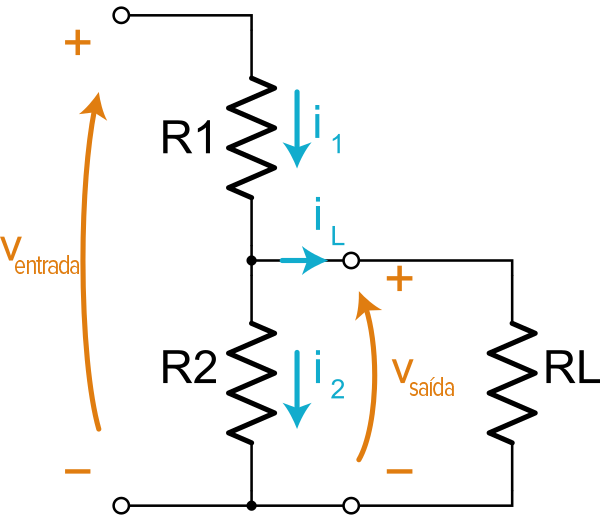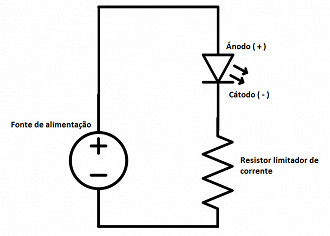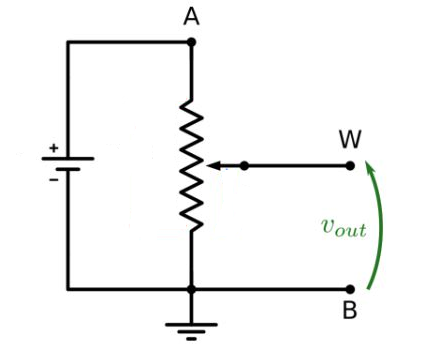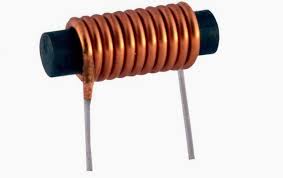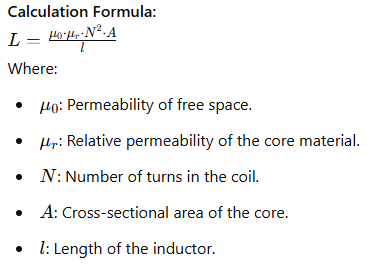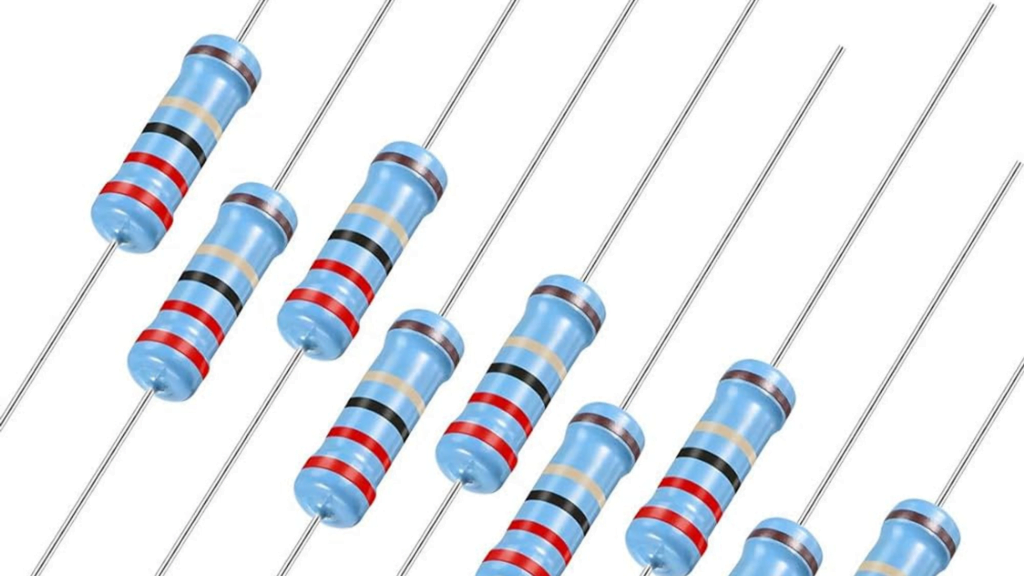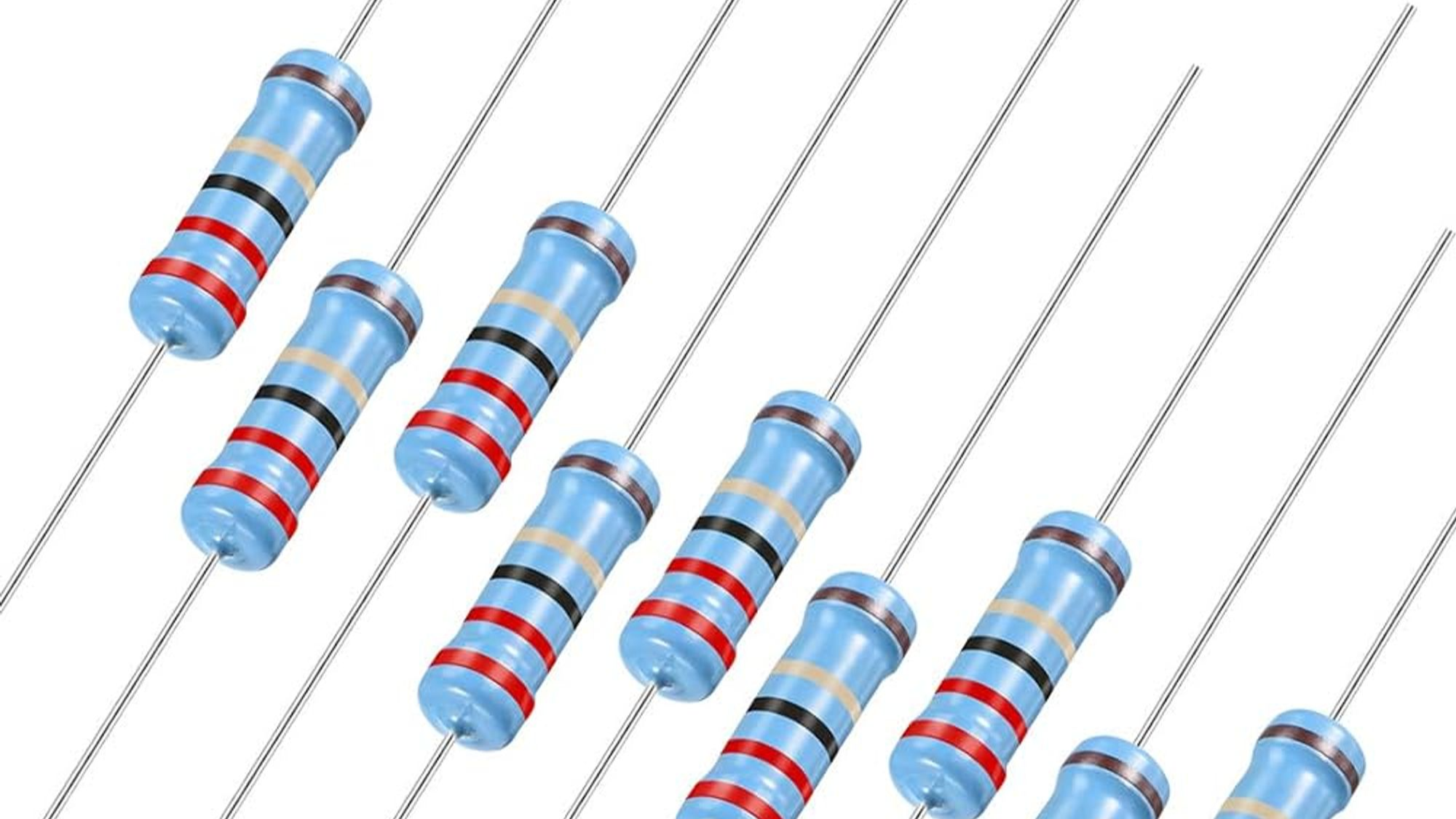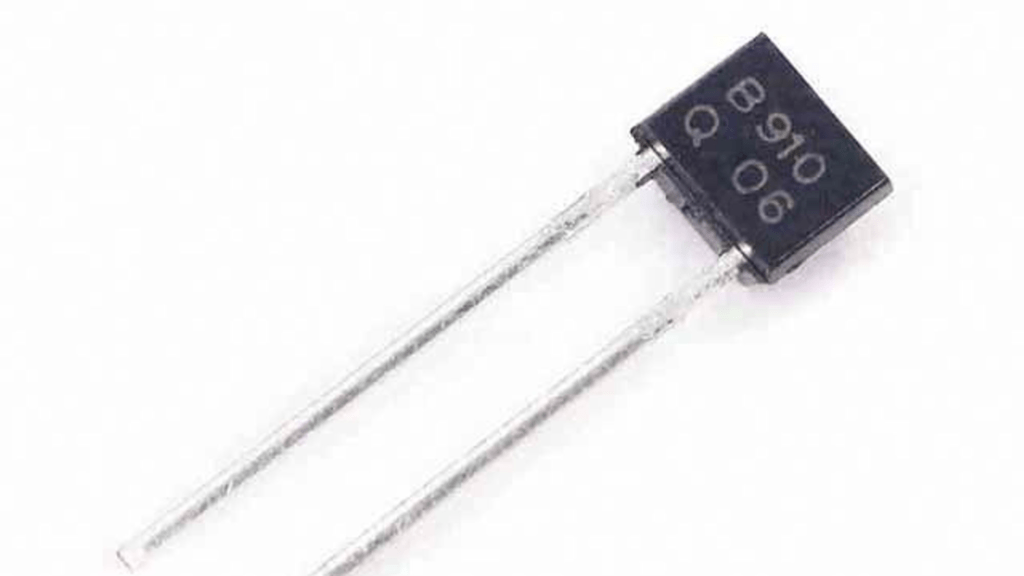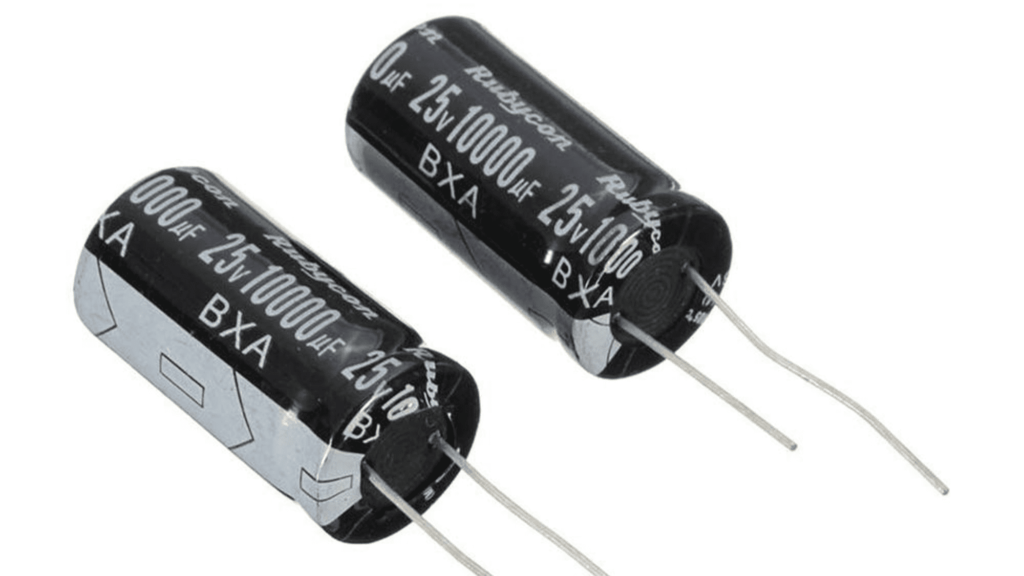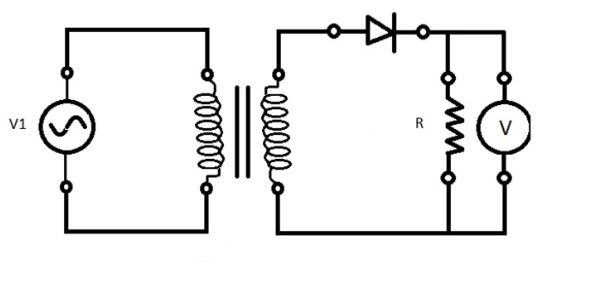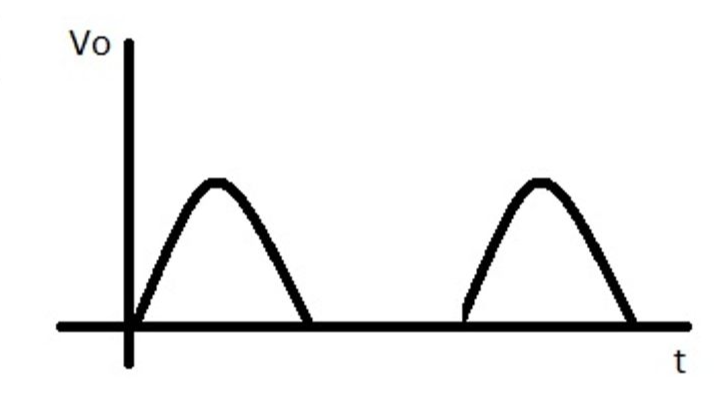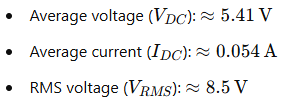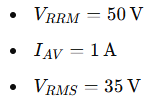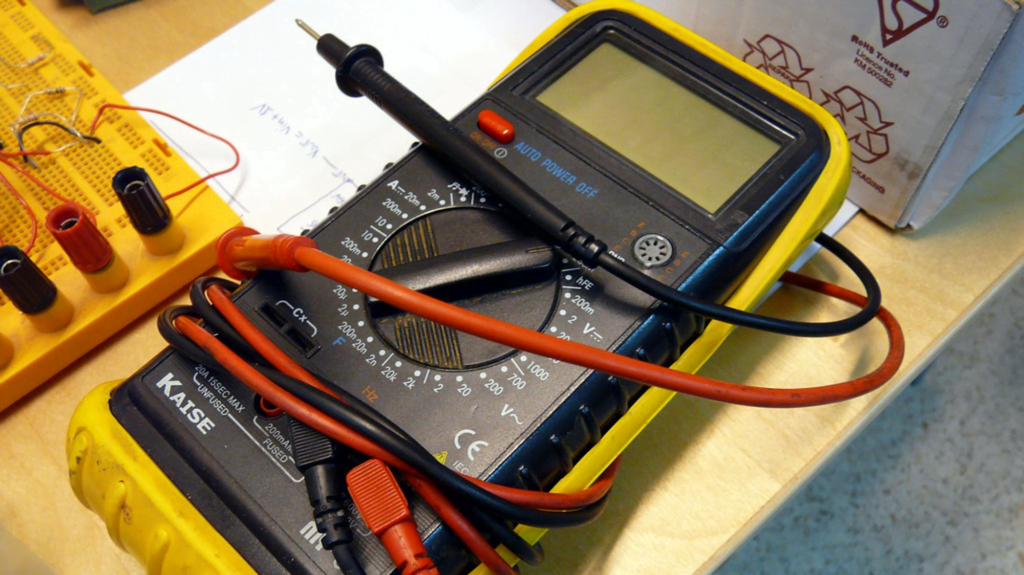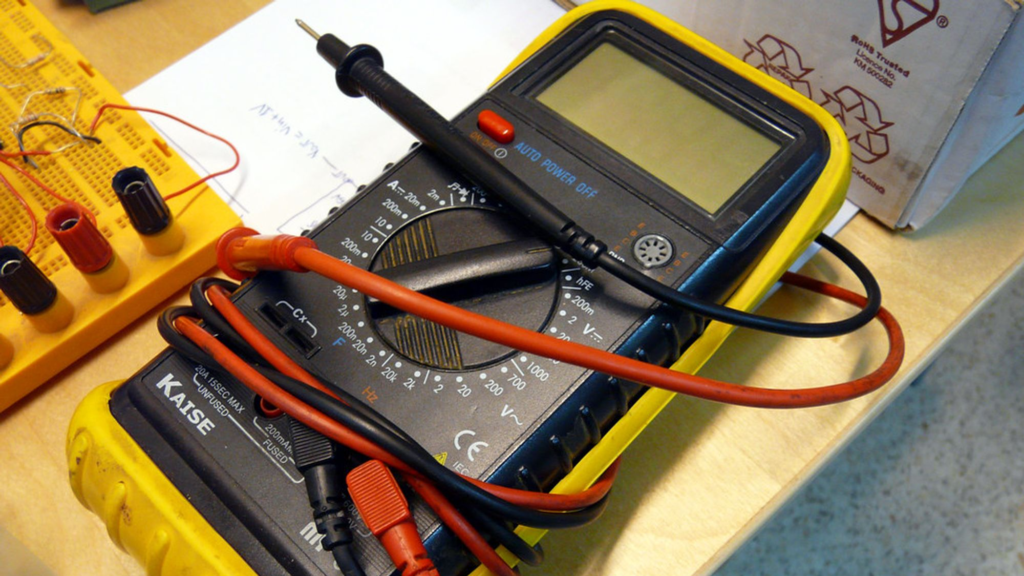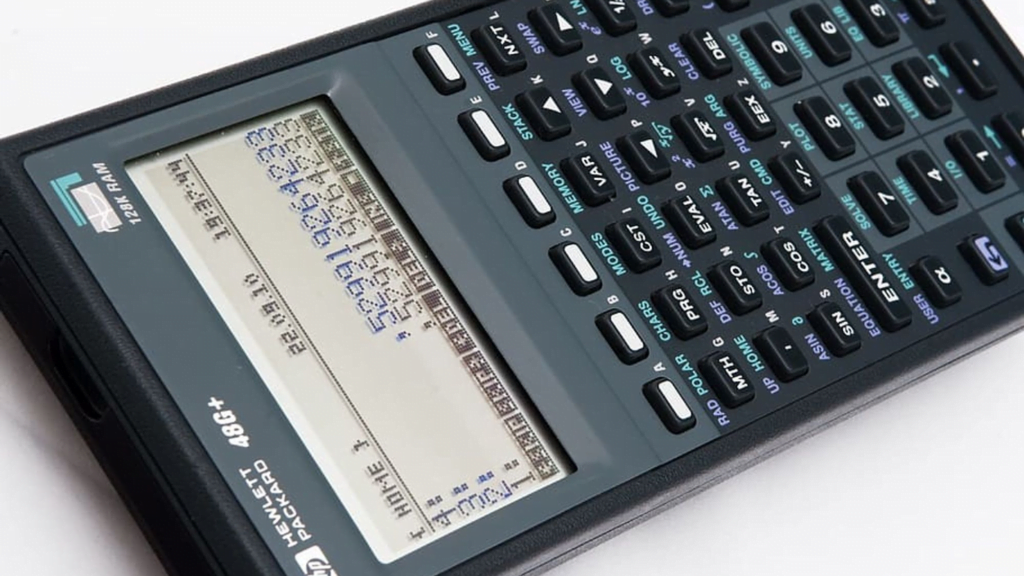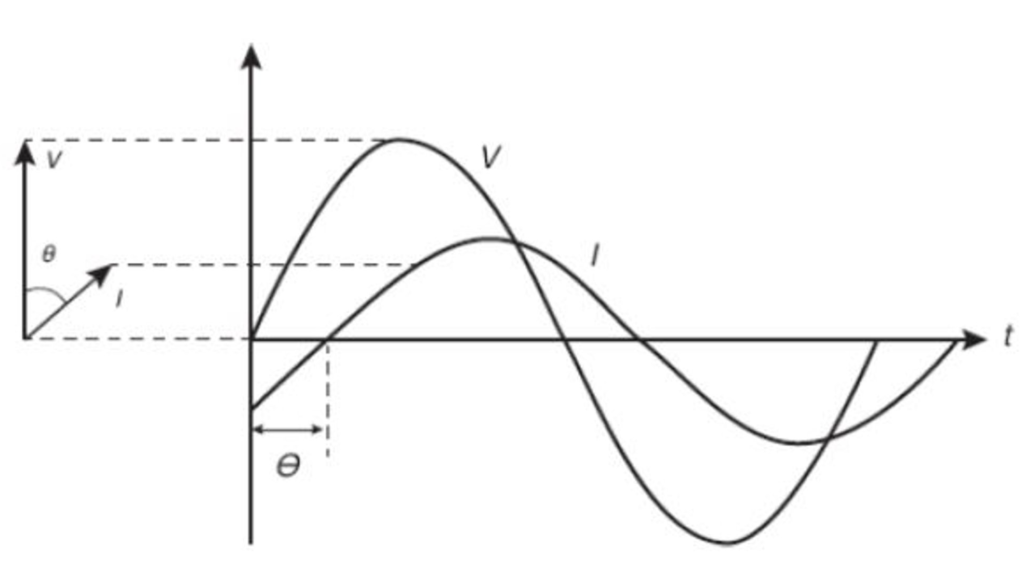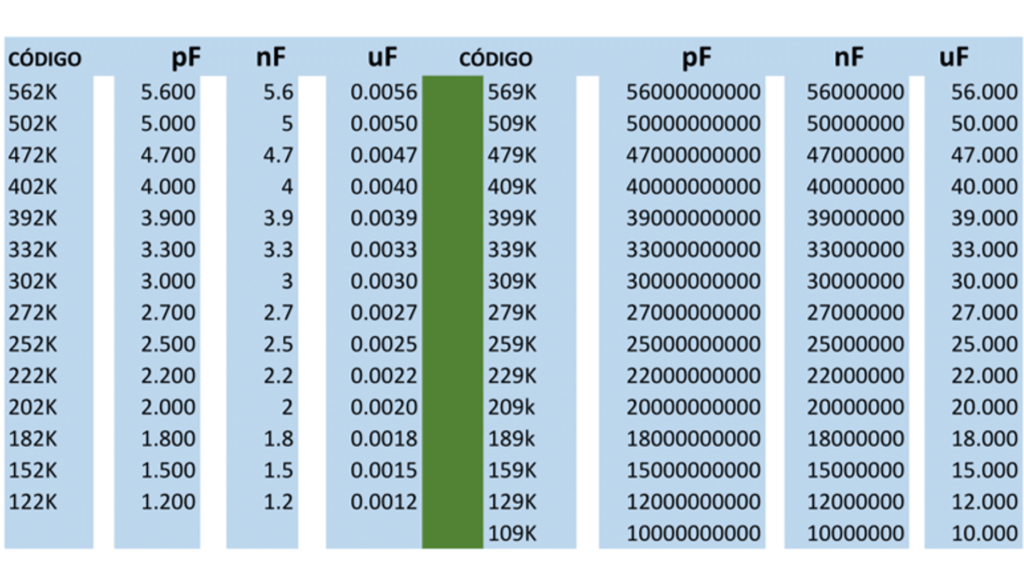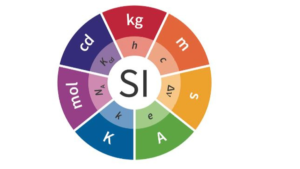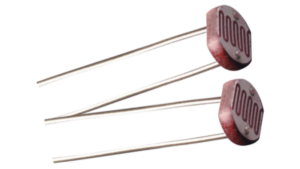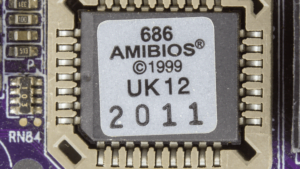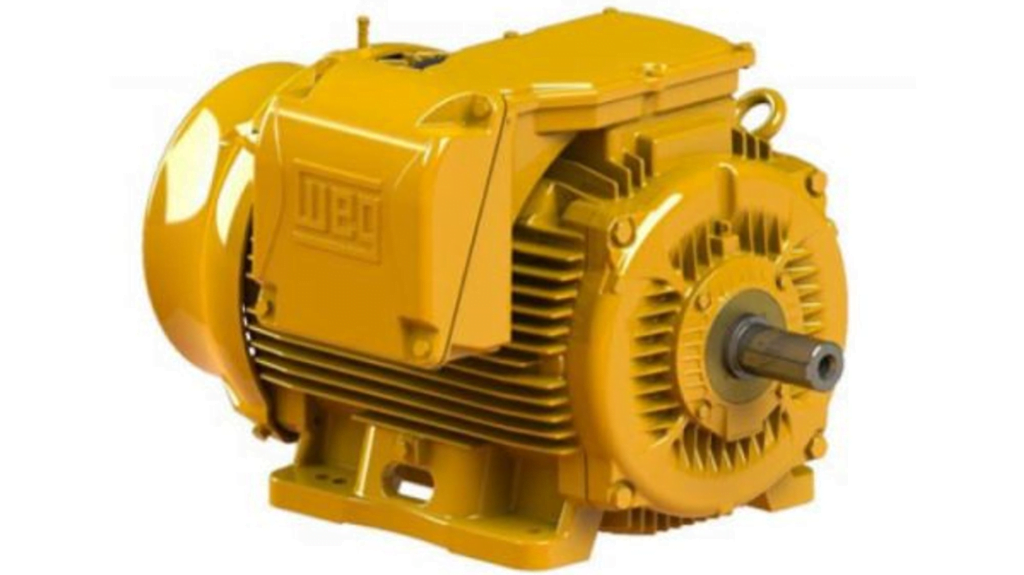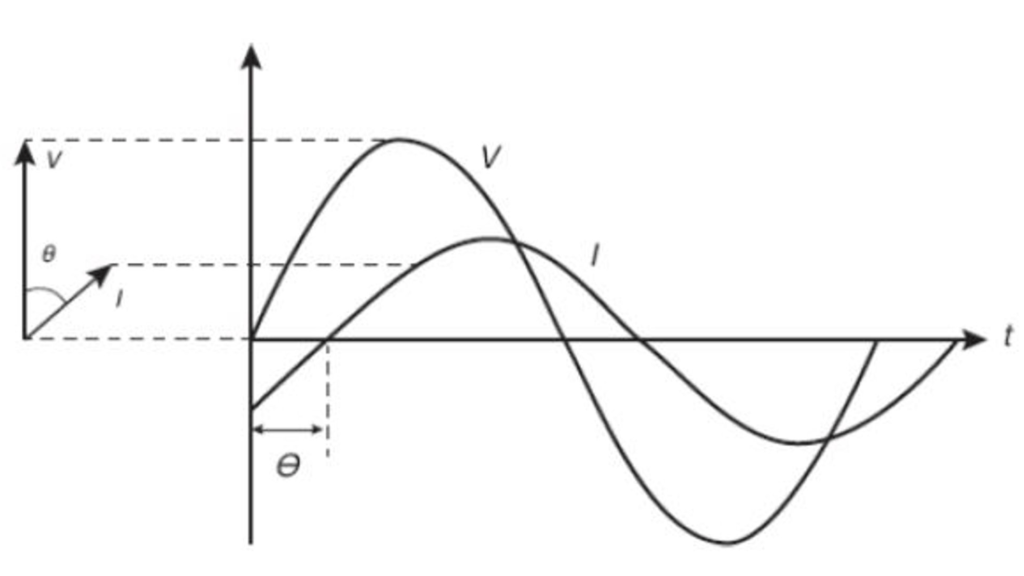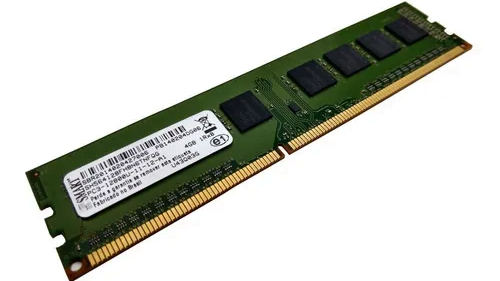Polyester capacitors are passive electronic components used to store and release electrical energy. They are widely recognized for their reliability, durability, and cost-effectiveness. Below is a detailed overview of their structure, key features, applications, advantages, and commercial values.
Structure and Operation
- Dielectric Material: Polyester capacitors use a polyester film layer as the dielectric, sandwiched between two conductive layers, typically aluminum.
- Form Factor: Commonly available in radial or axial formats, they are easy to mount on printed circuit boards (PCBs).
Key Features
- Capacitance: Available in a wide range, from a few picofarads (pF) to hundreds of nanofarads (nF) or even microfarads (µF).
- Tolerance: Typically ±5% to ±10%, providing sufficient precision for general-purpose applications.
- Rated Voltage: Operates at voltages ranging from 50V to 250V, with higher-voltage versions also available.
- Operating Temperature: Functions within a temperature range of -55°C to +125°C, suitable for diverse environmental conditions.
- Stability: Offers excellent thermal stability and resistance to humidity, maintaining electrical properties over time.
Typical Applications
- Decoupling Circuits: Stabilizes voltage and reduces unwanted noise in circuits.
- Signal Filtering: Used in high-frequency filters due to their stability and low inductance.
- Oscillators: Ideal for oscillator circuits, maintaining a consistent capacitance.
- High-Frequency Circuits: Performs well in high-frequency applications due to low Equivalent Series Resistance (ESR) and minimal dielectric loss.
Advantages
- Cost-Effective: Economical and widely available.
- Reliable: Long lifespan and dependable performance under varying conditions.
- Versatile: Suitable for a wide range of electronic applications.
Disadvantages
- High-Frequency Performance: While suitable for most high-frequency uses, they may not outperform ceramic or polypropylene capacitors in extreme frequencies.
Commercial Value Table
The table below presents common commercial values for polyester capacitors, including capacitance, equivalent codes, tolerances, rated voltage, operating temperature, and typical applications.
| Nominal Value (nF) | Nominal Value (µF) | Nominal Value (pF) | Equivalent Code | Tolerance | Nominal Voltage (V) | Operating Temperature | Typical Applications |
|---|---|---|---|---|---|---|---|
| 1 nF | 0.001 µF | 1000 pF | 1KpF, 102 | ±5%, ±10% | 50V, 100V, 250V | -55°C to +125°C | Decoupling circuits, filtering |
| 1.2 nF | 0.0012 µF | 1200 pF | 1K2, 122, 1n2K | ±5%, ±10% | 50V, 100V, 250V | -55°C to +125°C | Oscillators, resonant circuits |
| 1.5 nF | 0.0015 µF | 1500 pF | 1K5, 152 | ±5%, ±10% | 50V, 100V, 250V | -55°C to +125°C | High-frequency filtering |
| 1.8 nF | 0.0018 µF | 1800 pF | 1K8, 182 | ±5%, ±10% | 50V, 100V, 250V | -55°C to +125°C | Decoupling circuits |
| 2.2 nF | 0.0022 µF | 2200 pF | 2K2, 222 | ±5%, ±10% | 50V, 100V, 250V | -55°C to +125°C | Signal filtering |
| 2.7 nF | 0.0027 µF | 2700 pF | 2K7, 272 | ±5%, ±10% | 50V, 100V, 250V | -55°C to +125°C | Oscillators |
| 3.3 nF | 0.0033 µF | 3300 pF | 3K3, 332 | ±5%, ±10% | 50V, 100V, 250V | -55°C to +125°C | Decoupling circuits |
| 3.9 nF | 0.0039 µF | 3900 pF | 3K9, 392 | ±5%, ±10% | 50V, 100V, 250V | -55°C to +125°C | High-frequency filtering |
| 4.7 nF | 0.0047 µF | 4700 pF | 4K7, 472 | ±5%, ±10% | 50V, 100V, 250V | -55°C to +125°C | Decoupling circuits |
| 5.6 nF | 0.0056 µF | 5600 pF | 5K6, 562 | ±5%, ±10% | 50V, 100V, 250V | -55°C to +125°C | Signal filtering |
| 6.2 nF | 0.0062 µF | 6200 pF | 6K2, 622 | ±5%, ±10% | 50V, 100V, 250V | -55°C to +125°C | Oscillators |
| 6.8 nF | 0.0068 µF | 6800 pF | 6K8, 682 | ±5%, ±10% | 50V, 100V, 250V | -55°C to +125°C | Decoupling circuits |
| 7.2 nF | 0.0072 µF | 7200 pF | 7K2, 722 | ±5%, ±10% | 50V, 100V, 250V | -55°C to +125°C | High-frequency filtering |
| 8.2 nF | 0.0082 µF | 8200 pF | 8K2, 822 | ±5%, ±10% | 50V, 100V, 250V | -55°C to +125°C | Decoupling circuits |
| 10 nF | 0.01 µF | 10000 pF | 10K, 10KpF, 103 | ±5%, ±10% | 50V, 100V, 250V | -55°C to +125°C | Signal filtering |
| 15 nF | 0.015 µF | 15000 pF | 15K, 15KpF, 153 | ±5%, ±10% | 50V, 100V, 250V | -55°C to +125°C | Oscillators |
| 22 nF | 0.022 µF | 22000 pF | 22K, 22KpF, 223 | ±5%, ±10% | 50V, 100V, 250V | -55°C to +125°C | Decoupling circuits |
| 27 nF | 0.027 µF | 27000 pF | 27K, 27KpF, 273 | ±5%, ±10% | 50V, 100V, 250V | -55°C to +125°C | High-frequency filtering |
| 33 nF | 0.033 µF | 33000 pF | 33K, 33KpF, 333 | ±5%, ±10% | 50V, 100V, 250V | -55°C to +125°C | Oscillators |
| 39 nF | 0.039 µF | 39000 pF | 39K, 39KpF, 393 | ±5%, ±10% | 50V, 100V, 250V | -55°C to +125°C | Decoupling circuits |
| 47 nF | 0.047 µF | 47000 pF | 47K, 47KpF, 473 | ±5%, ±10% | 50V, 100V, 250V | -55°C to +125°C | Signal filtering |
| 56 nF | 0.056 µF | 56000 pF | 56K, 56KpF, 563 | ±5%, ±10% | 50V, 100V, 250V | -55°C to +125°C | Oscillators |
| 68 nF | 0.068 µF | 68000 pF | 68KpF, 683 | ±5%, ±10% | 50V, 100V, 250V | -55°C to +125°C | Decoupling circuits |
| 82 nF | 0.082 µF | 82000 pF | 82K, 82KpF, 823 | ±5%, ±10% | 50V, 100V, 250V | -55°C to +125°C | High-frequency filtering |
| 100 nF | 0.1 µF | 100000 pF | 100K, 100KpF, 104 | ±5%, ±10% | 50V, 100V, 250V | -55°C to +125°C | Decoupling circuits |
| 220 nF | 0.22 µF | 220000 pF | 220K, 220KpF, 224 | ±5%, ±10% | 50V, 100V, 250V | -55°C to +125°C | Signal filtering |
| 270 nF | 0.27 µF | 270000 pF | 270K, 270KpF, 274 | ±5%, ±10% | 50V, 100V, 250V | -55°C to +125°C | Oscillators |
| 330 nF | 0.33 µF | 330000 pF | 330K, 330KpF, 334 | ±5%, ±10% | 50V, 100V, 250V | -55°C to +125°C | Decoupling circuits |
| 390 nF | 0.39 µF | 390000 pF | 390K, 390KpF, 394 | ±5%, ±10% | 50V, 100V, 250V | -55°C to +125°C | High-frequency filtering |
| 470 nF | 0.47 µF | 470000 pF | 470K, 470KpF, 474 | ±5%, ±10% | 50V, 100V, 250V | -55°C to +125°C | Decoupling circuits |
| 560 nF | 0.56 µF | 560000 pF | 560K, 560KpF, 564 | ±5%, ±10% | 50V, 100V, 250V | -55°C to +125°C | Signal filtering |
| 680 nF | 0.68 µF | 680000 pF | 680K, 680KpF, 684 | ±5%, ±10% | 50V, 100V, 250V | -55°C to +125°C | Oscillators |
Additional Notes
- Tolerance: Typically ranges from ±5% to ±10%.
- Rated Voltage: Common ratings are 50V, 100V, and 250V, suitable for various applications.
- Operating Temperature: -55°C to +125°C, enabling use in diverse environments.
- Applications: Polyester capacitors are widely used in decoupling, signal filtering, oscillators, and high-frequency circuits due to their stability and low loss.
FAQ
1. What makes polyester capacitors suitable for general applications?
Polyester capacitors offer a balance of cost, reliability, and performance, making them ideal for general-purpose applications.
2. Can polyester capacitors be used in extreme temperature conditions?
Yes, they operate reliably within a wide temperature range of -55°C to +125°C.
3. Are polyester capacitors suitable for very high-frequency applications?
While they perform well at high frequencies, ceramic or polypropylene capacitors may be better for extreme high-frequency needs.
4. How do I choose the right tolerance for my circuit?
Choose a tighter tolerance (e.g., ±5%) for precision circuits and a wider tolerance (e.g., ±10%) for general-purpose applications.

